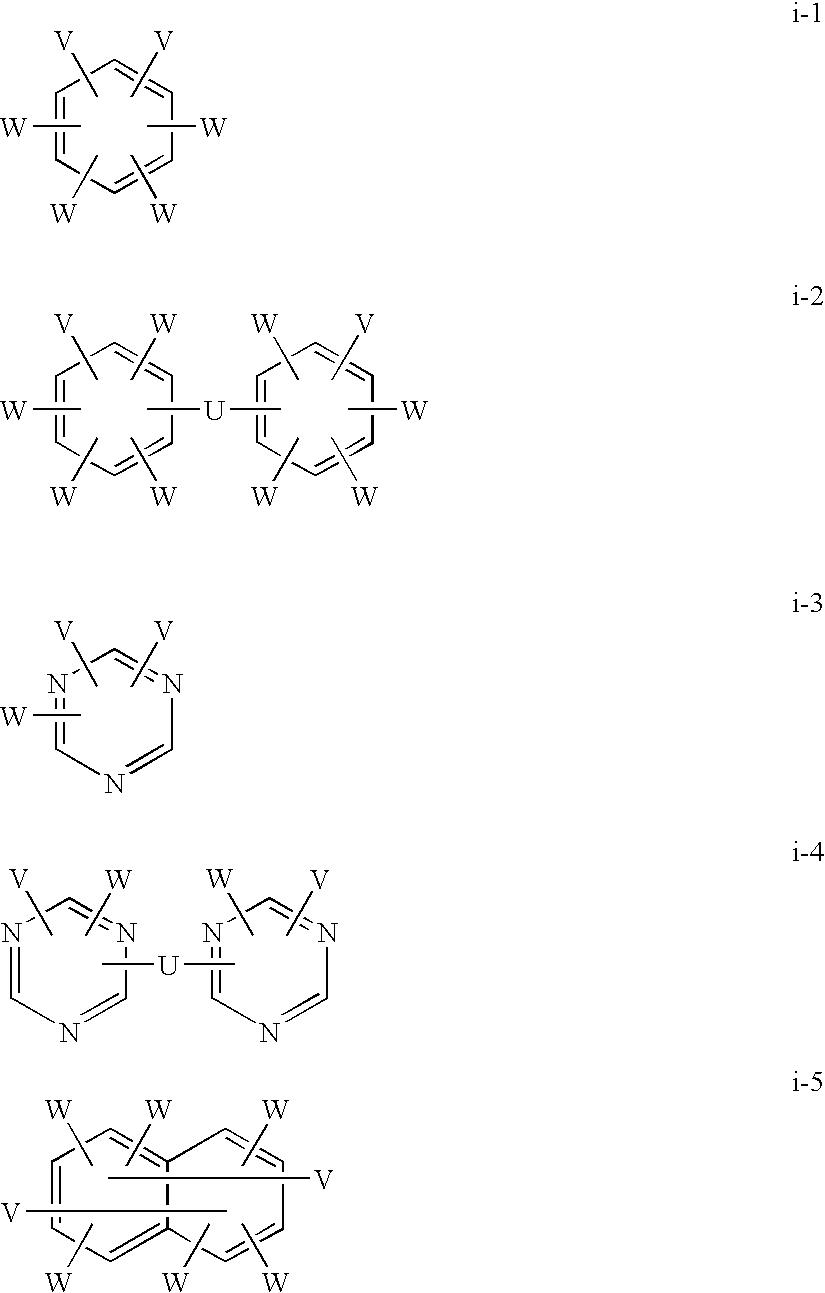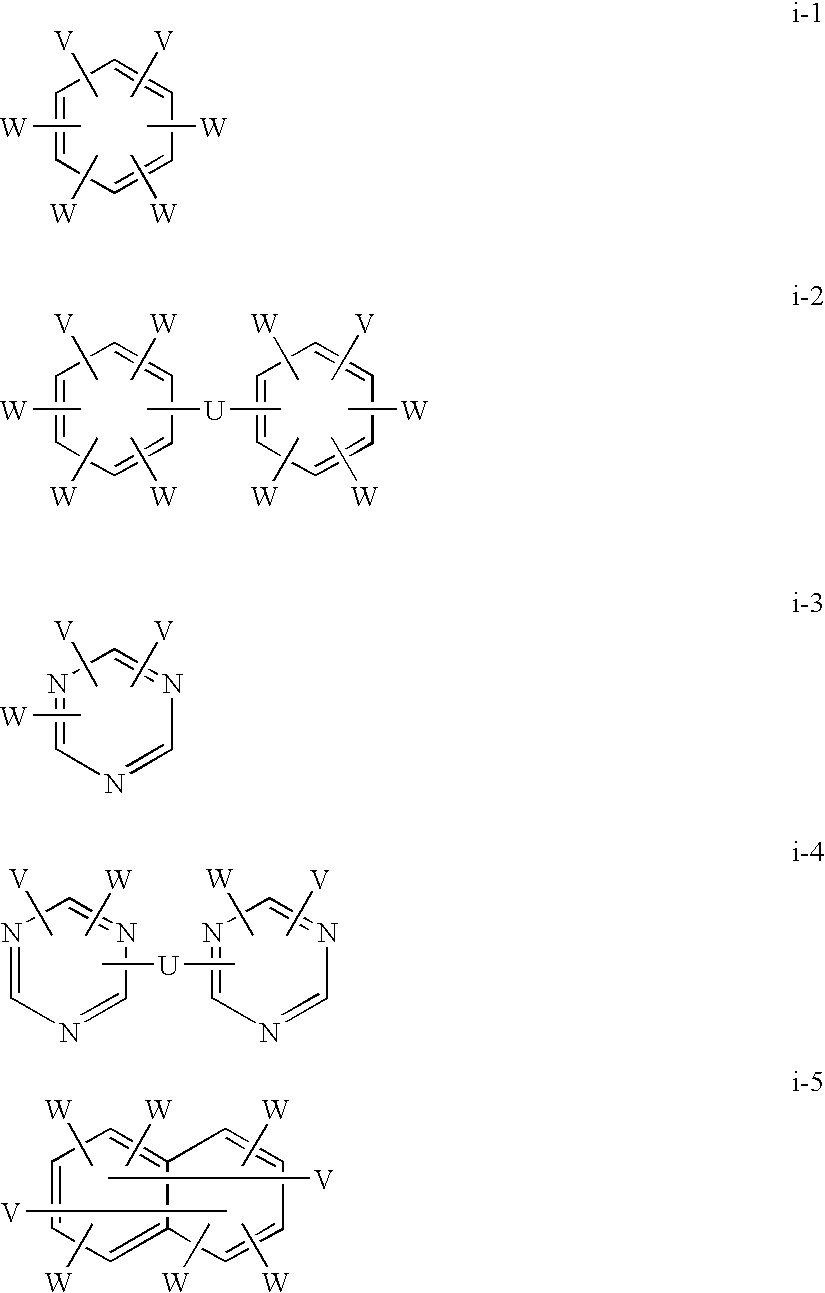Crosslinked polymer electrolyte and method for producing same
a polymer electrolyte and polymer technology, applied in the direction of non-aqueous electrolyte cells, cell components, sustainable manufacturing/processing, etc., can solve the problems of large-scale facilities for crosslinking, high cost of materials, and membrane deterioration, and achieve excellent water resistance and solvent resistance, low methanol permeability, and high heat resistance
- Summary
- Abstract
- Description
- Claims
- Application Information
AI Technical Summary
Benefits of technology
Problems solved by technology
Method used
Image
Examples
reference example 1
[0138]0.98 g of anhydrous copper chloride and 1.17 g of N,N,N′,N′-tetramethylethylenediamine were placed in 500 ml of chlorobenzene and stirred in the atmosphere at room temperature for 60 minutes. Thereto were added 2.84 g of 4,4′-(1-methylethylidene)bis(2,6-dimethylphenol) and 49.3 g of 2,6-diphenylphenol, and the resulting material was stirred at 40° C. for 10 hours while air was blown into the material. The reaction solution was poured into hydrochloric acid-containing methanol to precipitate a polymer. The resulting material was filtrated and dried to obtain poly(2,6-diphenylphenylene ether) (a).
reference example 2
[0139]A flask was charged with 1000 g of SUMIKA EXCEL PES4003P (available from Sumitomo Chemical Co., Ltd., hydroxyl group-terminated polyether sulfone having a number average molecular weight of 25000 in terms of polystyrene determined by GPC using dimethylacetamide as the mobile phase), 7.59 g of potassium carbonate, 2500 ml of N,N-dimethylacetamide (hereinafter, abbreviated as DMAc) and 500 ml of toluene in a nitrogen atmosphere, and the resulting material was heated to 160° C. and stirred and subjected to azeotropic dehydration. After the resulting material was cooled at room temperature, 53.6 g of decafluorobiphenyl was added thereto, and the resulting material was heated to 80° C. and stirred for 3.5 hours.
[0140]After cooling, the reaction solution was added dropwise to a large amount of water and the resulting precipitate was filtrated and recovered. The substance was washed with a methanol / acetone mixture solvent, and then dried at 80° C. to obtain a polymer (b) having a non...
reference example 3
[0141]A flask equipped with an azeotropic distillation device were charged with 160 g of the above (a), 640 g of the above (b), 32 g of potassium carbonate, 3500 ml of DMAc and 200 ml of toluene, and the resulting material was heated to 80° C., 100° C. and 120° C. and stirred for 1 hour at each temperature, and to 140° C. and stirred for 3.5 hours while the toluene was evaporation-removed under an argon flow. The reaction solution was added dropwise to a large amount of hydrochloric acid-acidic methanol, and the resulting precipitate was filtrated and recovered and then dried at 80° C. under reduced pressure to obtain a block copolymer.
[0142]682 g of the resulting block copolymer was dissolved in 6 L of 98% sulfuric acid, and sulfonation reaction was carried out at 40° C. for 100 hours. The resulting solution was added dropwise to a large amount of ice water, and the resulting precipitate was filtrated and recovered. After the precipitate was ground to a powder, washing with ion exc...
PUM
| Property | Measurement | Unit |
|---|---|---|
| temperature | aaaaa | aaaaa |
| temperature | aaaaa | aaaaa |
| temperature | aaaaa | aaaaa |
Abstract
Description
Claims
Application Information
 Login to View More
Login to View More - R&D
- Intellectual Property
- Life Sciences
- Materials
- Tech Scout
- Unparalleled Data Quality
- Higher Quality Content
- 60% Fewer Hallucinations
Browse by: Latest US Patents, China's latest patents, Technical Efficacy Thesaurus, Application Domain, Technology Topic, Popular Technical Reports.
© 2025 PatSnap. All rights reserved.Legal|Privacy policy|Modern Slavery Act Transparency Statement|Sitemap|About US| Contact US: help@patsnap.com



